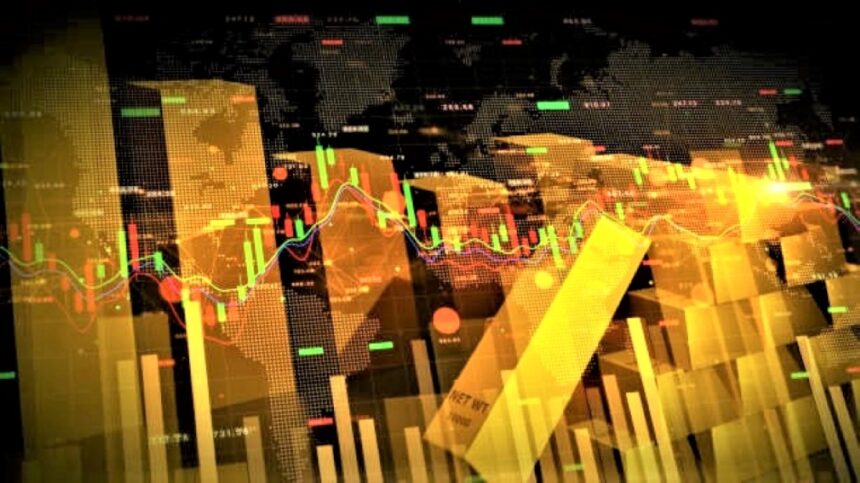Gold is struggling to capitalize on its modest gains as it approaches a two-week high.
The gold price (XAUUSD) attracted some intraday sellers after rising to the $2,049-2,050 area and falling to the lower end of its daily range during the early part of the European session on Thursday.
The Fed’s less dovish stance supports the USD and limits the metal’s gains.
The US Dollar (USD) has reached a new high since December 13 as a result of the Federal Reserve’s (Fed) less dovish outlook on interest rates, which is viewed as a crucial element acting as a headwind. For the commodity.
That so, the prospect of a further escalation of military action in the Middle East, together with China’s economic troubles, could provide some support to the safe-haven Gold price. Aside from that, the continued decline in US Treasury bond yields may help limit the downside for the non-yielding yellow metal. Traders are now looking for a fresh push from the flash Eurozone CPI report, the Bank of England’s (BoE) policy announcement, and US macro data.
Daily Market Movers: Gold price attracts some sellers following the post-FOMC USD buying.
The Federal Reserve said on Wednesday that it was moving closer to rate reduction, dragging US Treasury bond yields lower, which is seen as a A significant component supporting the gold price.
The Fed, as expected, opted to hold the main interest-rate goal constant at 5.25%-5.5% at the end of a two-day meeting on Wednesday, indicating that the policy rate is likely at its top.
Fed Chair Jerome Powell said in the post-meeting news conference that rate cuts would most likely begin this year, although he pushed back hard against expectations that such a move would occur in March.
The present market price shows only a 35% possibility that the US central bank would lower interest rates in March, down from more than 60% before the Fed decision and nearly 90% only a month ago.
The less dovish stance helps the US Dollar rise to a A new YTD peak has prompted some intraday selling in the non-yielding yellow metal, dragging it to the lower half of its daily trading range.
Geopolitical dangers and China’s economic troubles should restrict any significant decline.
Investors remain concerned that the escalating crisis in the Middle East may spark a larger war, which, combined with slowing Chinese economic growth, gives support to the safe-haven precious metal.
The European Union plans to begin a naval deployment in the Red Sea within three weeks to assist in defending cargo ships from strikes by Houthi militants, which are impeding trade and driving up prices.
A private-sector survey issued earlier this Thursday revealed that business activity in China’s manufacturing sector increased steadily for the third consecutive month in January.
Traders look at the flash Eurozone consumer inflation statistics. The Bank of England’s policy decision and the US ISM Manufacturing PMI provided some energy ahead of the US NFP on Friday.









